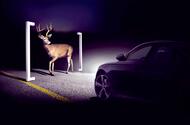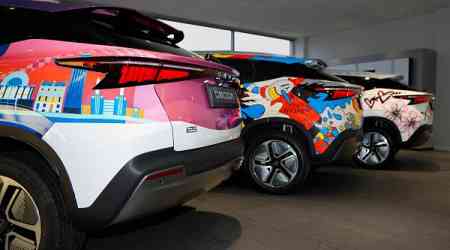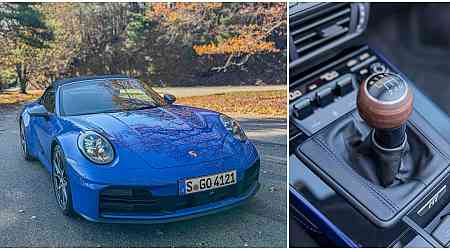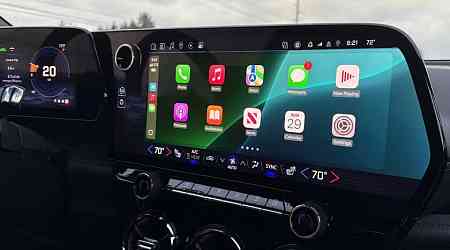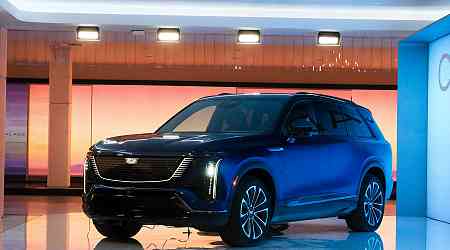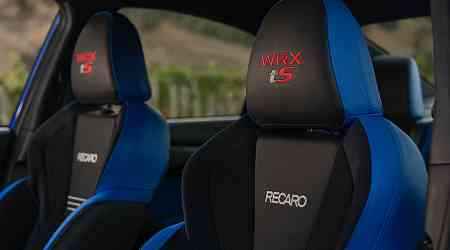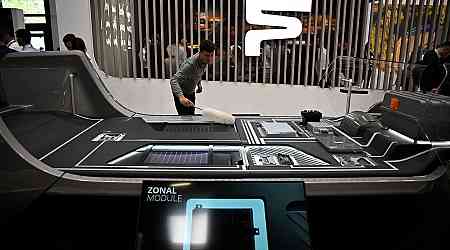Exceptional night vision isn’t something humans are gifted with. Some of our friends in the animal kingdom, such as deer, are far better at seeing at night.
See-in-the-dark tech was used first by the military, before automotive supplier Magna developed its first thermal imaging system in 2003.
Called Night Vision, it was introduced in the BMW 7 Series in 2005 and has since been used by 13 car makers across 40 models. Today's systems have improved coverage, enhanced detection capability and a sharp image even in complete darkness.
Yet among the current portfolio of ADAS systems, it’s still relatively rare, which is odd, considering accident rates at night are far higher than daytime.
According to the US National Highway Traffic Safety Administration (NHTSA), more than 76% of pedestrian fatalities happen in the dark, while in the UK, Royal Society for the Prevention of Accidents (Rospa) statistics show that 40% of accidents occur when it’s dark.
Not all of these are due to reduced vision, but decreased vision is said to be the most obvious danger.
As we age, our night vision worsens. According to Rospa, between the ages of 15 and 65, the time taken to recover from glare increases from between one to 19 seconds.
The way the eye detects light becomes less effective, too. There are two main types of receptor in the eye: rod cells, which detect light, and cone cells, which mainly detect colour.
A deer’s eyes have a large proportion of rod cells, and while it’s not a nocturnal animal, its night vision is exceptional compared with ours. Human rod cells thin out with age, so driving at night becomes more of a challenge.
Magna’s latest thermal imaging camera has shrunk to the size of a golf ball today, when in 2000 it was closer to a medium-size dinner plate.
Mounted on the front of a vehicle, the camera is connected to an ECU, which sends alerts to the driver via the instrument panel.
Magna is aiming to eventually reduce the camera to sugar-cube size and is continually working on software to improve detection algorithms and enhance image clarity.
Magna is also working on a 360deg system aimed at reducing the number of reversing accidents involving pedestrians. This will enhance visibility not only all around the car but also underneath it.
The next-generation tech will have its debut at the end of this year, and while the current version can see four times farther than a headlight, the new set-up will let the driver see the length of three football fields.
That should allow a driver up to 30 seconds to bring the car to a standstill if necessary.


















